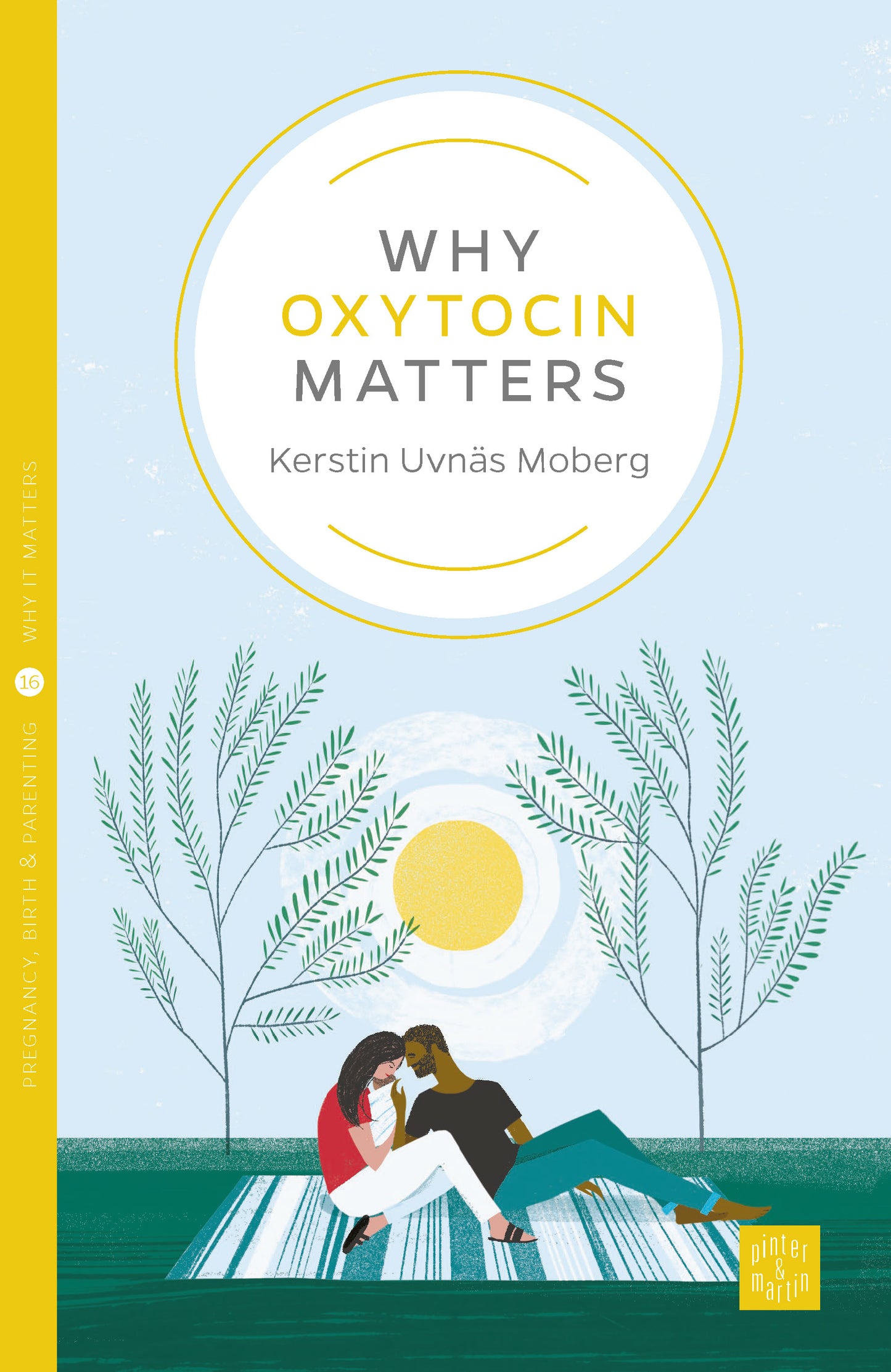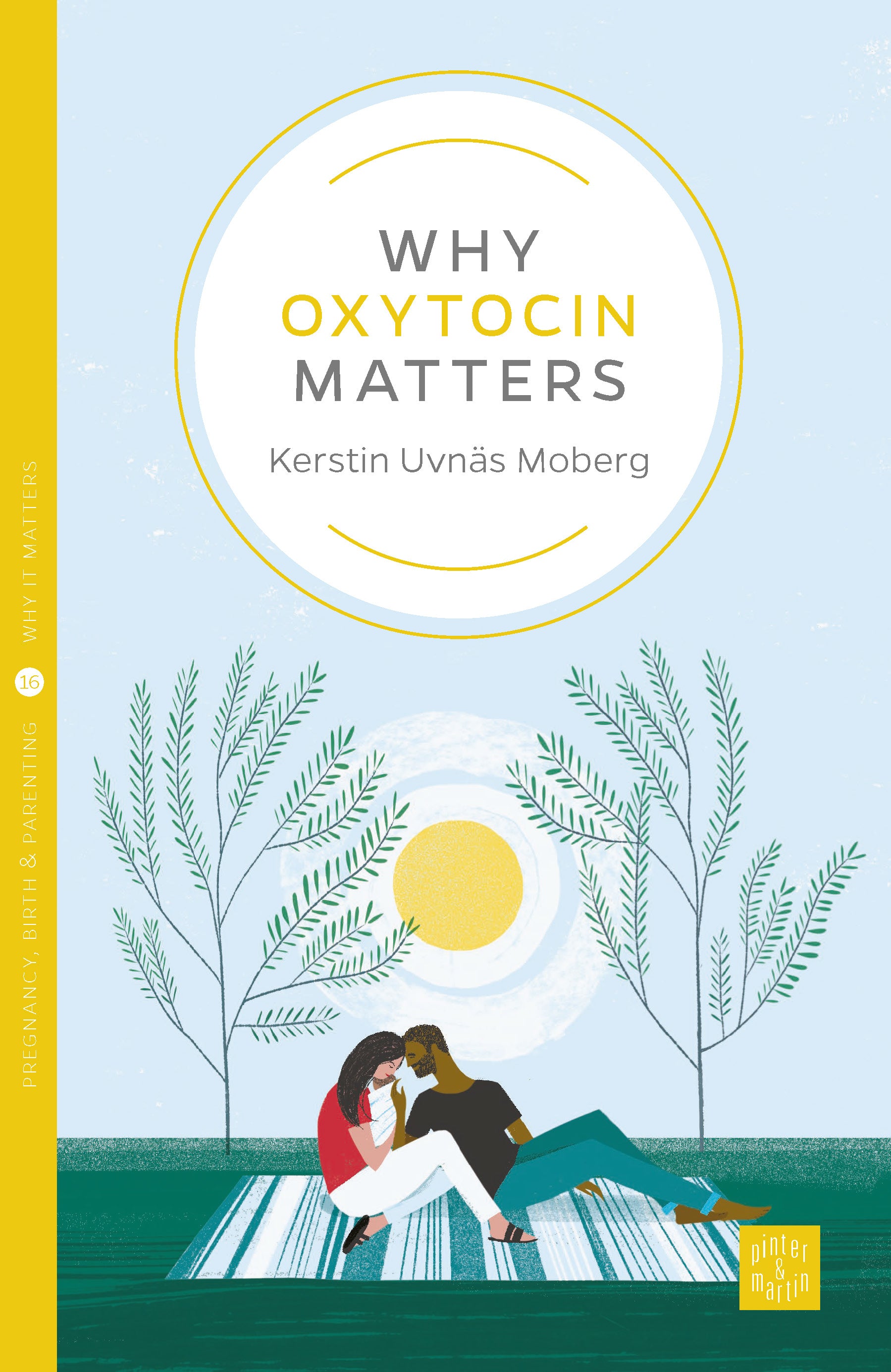Why it Matters
Why Oxytocin Matters
Why Oxytocin Matters
OFFER: 4 for 3 on all our books. We ship to the UK only. For other bookshops that stock our books see here.
Couldn't load pickup availability
Back in stock 16th November
Oxytocin, or the ‘hormone of health and life’, is a hugely important substance for pregnancy, birth and breastfeeding – working in a woman’s body and brain to make changes during pregnancy, optimise labour, increase milk production and support bonding. Research has shown that we can encourage the body’s oxytocin system by supporting mothers’ wellbeing through birth practices and postnatal care. We also now know that oxytocin is present in everyone, of any age, directing a whole system of effects that have consequences for family life, including bonding, stress reduction and social interaction.
In Why Oxytocin Matters Kerstin Uvnäs Moberg, a leading oxytocin researcher, shows how a better understanding of our biology can be immensely helpful for new parents and those who work to support families.
Share
ISBN:
Number of pages:
Published:
View full details

